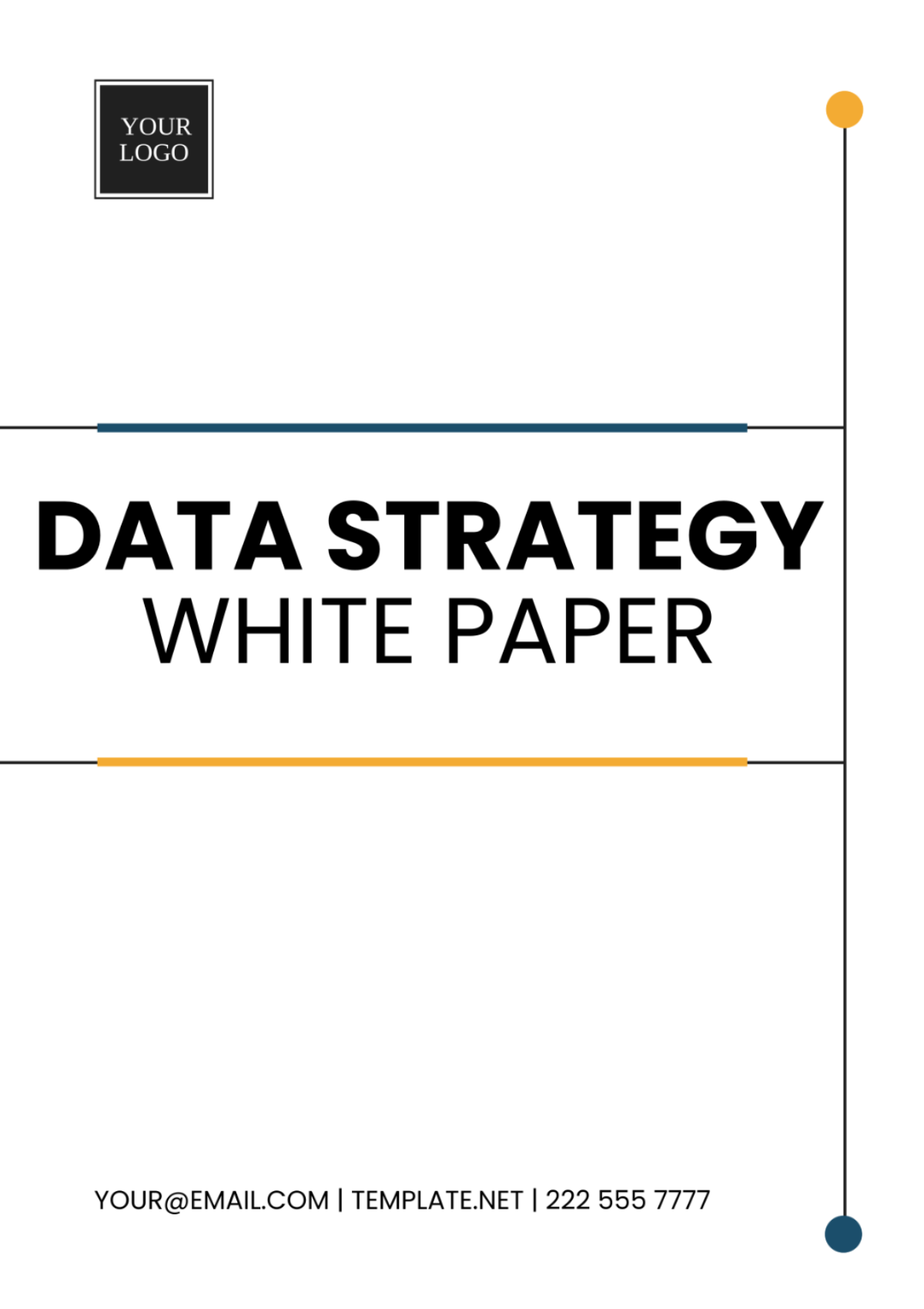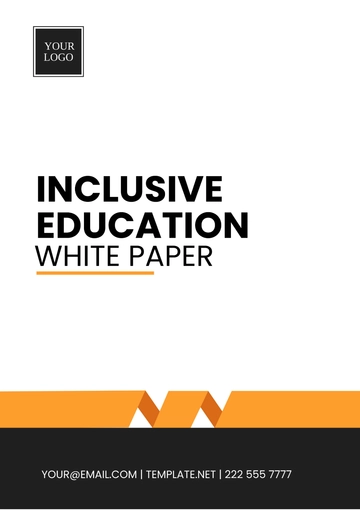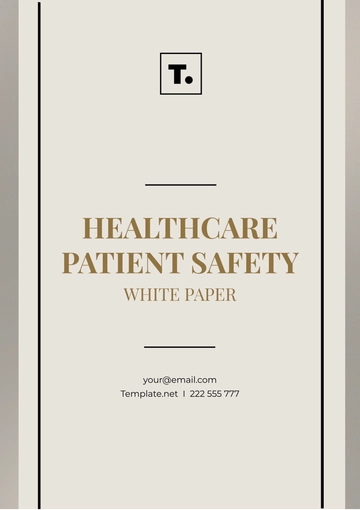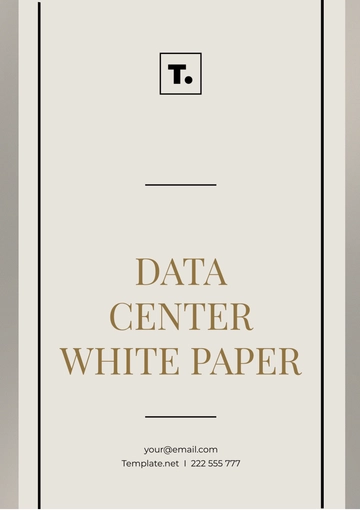Data Strategy White Paper
Driving Business Success through Data Utilization
Prepared by: [YOUR NAME]
Department: [YOUR DEPARTMENT]
Date: [DATE]
I. Introduction

In today's data-driven world, organizations are increasingly recognizing the value of strategic data management and utilization. A well-defined data strategy not only facilitates efficient decision-making but also unlocks new opportunities for innovation and growth. This white paper presents a comprehensive framework for [Your Company Name]'s approach to developing and implementing a robust data strategy.
II. Executive Summary
In this section, we provide a high-level overview of the key components and benefits of a data strategy. We outline the critical role it plays in [Your Company Name]'s overarching business objectives and how it aligns with organizational goals.
III. Understanding Data Strategy
A. Definition and Importance
Definition: What is a data strategy, and why is it essential for modern businesses?
Benefits: Explore the advantages of having a well-defined data strategy, including improved decision-making, enhanced operational efficiency, and competitive advantage.
B. Elements of a Data Strategy
Vision Statement: Articulate the desired outcomes and long-term objectives of [Your Company Name]'s data strategy.
Governance Framework: Establish guidelines for data management, compliance, and security.
Data Architecture: Design the infrastructure and systems necessary to support data collection, storage, and analysis.
Data Quality Management: Ensure the accuracy, consistency, and reliability of data assets.
Data Lifecycle Management: Define processes for data acquisition, utilization, and disposal.
Analytics and Insights: Utilize advanced analytics tools and techniques to derive actionable insights from data.
C. Stakeholder Engagement
Identifying Stakeholders: Who are the key stakeholders involved in developing and implementing the data strategy?
Engagement Strategies: Outline strategies for engaging stakeholders and obtaining buy-in for the data strategy initiative.
IV. Developing Your Data Strategy

A. Assessing Current State
Data Audit: Conduct a comprehensive audit of existing data assets, systems, and processes.
Gap Analysis: Identify gaps and areas for improvement in the current state of data management.
B. Defining Future State
Vision Setting: Define the desired future state of data management and utilization.
Goal Setting: Establish measurable goals and objectives for the data strategy initiative.
C. Strategy Formulation
Strategic Initiatives: Identify key initiatives and projects to achieve the goals outlined in the data strategy.
Resource Allocation: Determine the resources, budget, and timeline required for successful implementation.
V. Implementing and Executing the Data Strategy
A. Governance and Oversight
Establishing Governance Structure: Define roles, responsibilities, and decision-making processes for data governance.
Monitoring and Compliance: Implement mechanisms for monitoring data quality, security, and compliance with regulations.
B. Infrastructure and Technology
Infrastructure Deployment: Deploy the necessary hardware, software, and cloud services to support data management and analytics.
Technology Integration: Integrate disparate data sources and systems to create a unified data ecosystem.
C. Change Management
Change Leadership: Provide leadership and support to drive cultural and organizational change.
Training and Development: Offer training programs to equip employees with the skills and knowledge required for effective data utilization.
VI. Measuring Success and Continuous Improvement
A. Key Performance Indicators (KPIs)
Metrics for Success: Define KPIs to measure the effectiveness and impact of the data strategy.
Performance Tracking: Implement systems for tracking and reporting on KPIs to stakeholders.
B. Feedback and Iteration
Feedback Mechanisms: Solicit feedback from stakeholders and users to identify areas for improvement.
Iterative Approach: Embrace an iterative approach to refining and optimizing the data strategy over time.
VII. Conclusion
In conclusion, a well-crafted data strategy is paramount to [Your Company Name]'s success in today's data-driven landscape. By following the framework outlined in this white paper, [Your Company Name] can harness the power of data to drive innovation, enhance decision-making, and achieve strategic objectives.
VIII. References
Provide citations and references for any sources or materials referenced in the white paper.
[Your Name]
[Your Position]
[Your Department]
[Your Company Name]
White Paper Templates @ Template.net
































